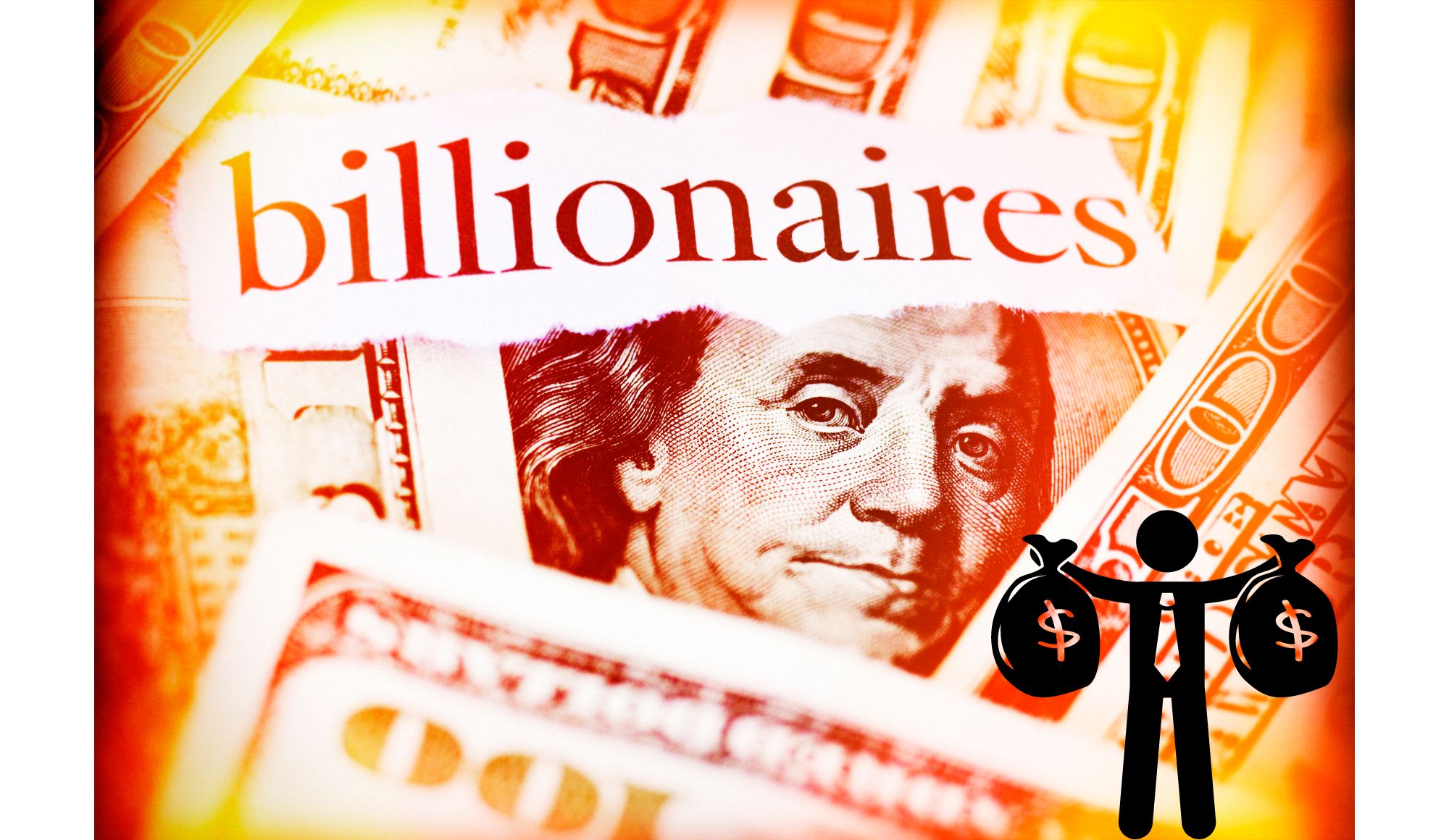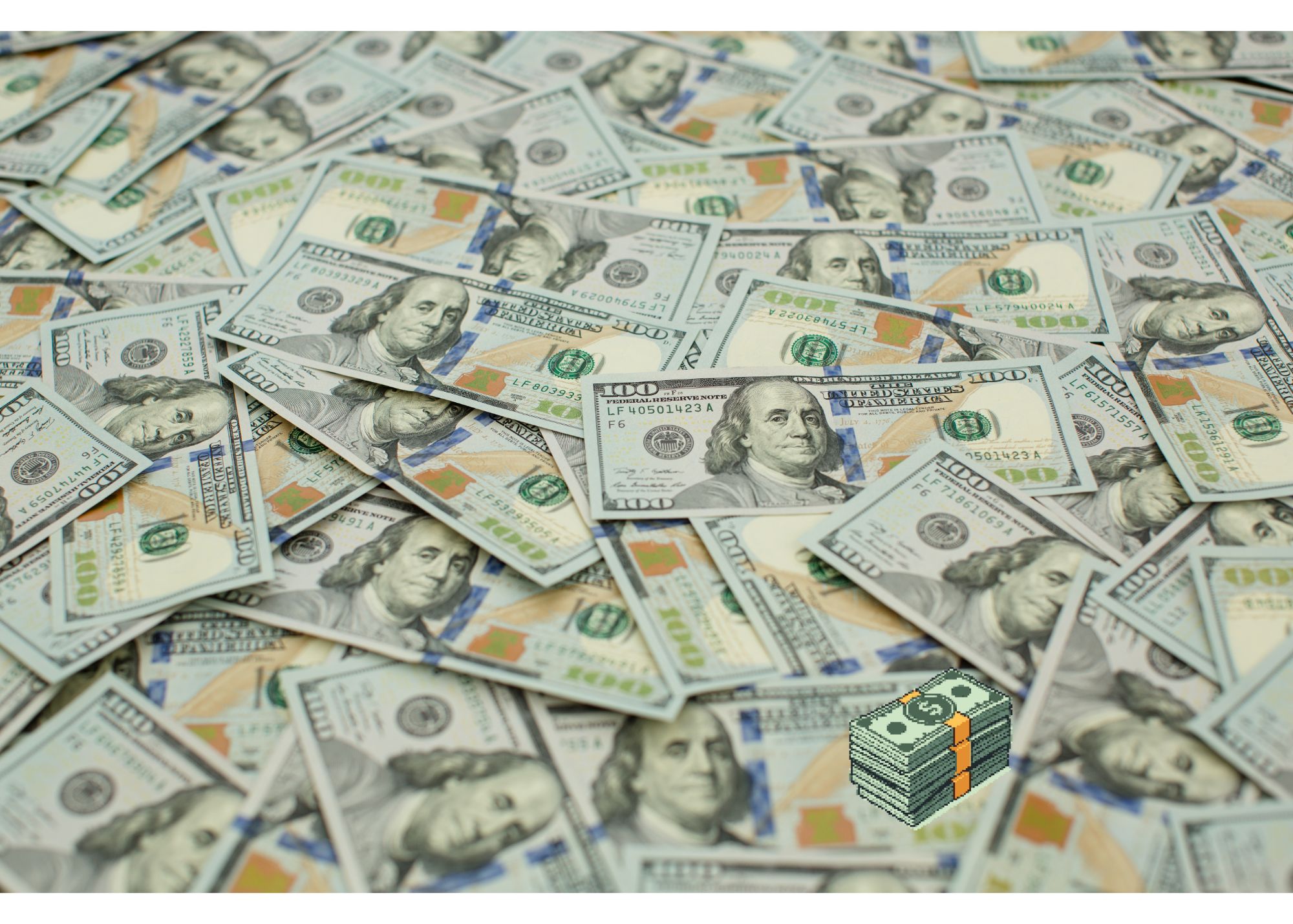Why Buffett’s Latest Move Is So Scary
Buffett says he doesn’t time the market but when you look at his past moves, it’s clear that the old sage uses metrics that happen to coincide well with smart market timing.
Take his purchases at the bottom of the market in 2008-09 when he deployed almost 50% of his cash pile within the space of just a few weeks in October 2008. At the time, it seemed genius when the market quickly rallied but by early 2009 the market had plunged once more and some were wondering whether old Warren had lost his touch.
Of course, in hindsight, the moves he made then were nothing short of genius and prescient as the market went on to rally from 666 at the lows to over 5,660 by 2024.
So why is his latest move so scary?
Key Points
- Warren Buffett’s investments during market downturns, like in 2008-09, reveal a knack for well-timed market moves despite his claims of not timing the market.
- Buffett’s recent sale of 50% of his Apple shares, raising $277 billion in cash, may be to prepare for a major investment, benefit from the current tax level, or more ominous reasons.
- The sale indicates Buffett’s concern about market overvaluation, as his “Buffett Indicator” suggests significant downside risk.
277 Billion Reasons To Be Terrified
Buffett’s most recent release that signaled he had sold a full 50% of his Apple stake and raised $277 billion in cash was met with awe. The Sage of Omaha wasn’t shy to make bold moves and his decision to raise such a massive cash pile should be scrutinized; what does Warren see that sparked him to sell such a vast portion of his Apple holdings?
Perhaps the most benign reason is that Buffett has eyed a big gorilla, or a monster purchase that will require him to invest an enormous cash sum.
A second reason is one that Buffett actually cited previously when he sold some Apple shares in Q1. At the time, Buffett essentially stated that, when he calculated the net gains after taxes to Berkshire, he couldn’t envision a future scenario whereby the taxes would be as low or when the gains in Apple share price would offset higher taxes.
So, is Buffett locking in more cash on the balance sheet now in anticipation that the same gains would net him less in the future at a time when taxes are higher? It seems so.
It’s also worth noting that Apple’s price-to-earnings ratio now is just shy of 33x. That suggests a yield of around 3% annually on earnings for new buyers. Buffett famously prefers not to pay more than 15x earnings so the current multiple may suggest to him that Apple’s valuation is, in his view, heavily extended.
A further reason for selling may be the most ominous. Buffett sees material downside risk to the markets now. His Buffett Indicator is trading at a premium of nearly 100% to GDP.
In a perfectly rational world, Buffett claims the market and GDP would be in lock-step. Of course that assumes a domestic economy and market, so there are lots of room for error in the calculation but historically the Total Market Cap/GDP ratio has never been this high and that means material downside risk exists at this time.
What If The Final Scenario Comes True?
If Buffett isn’t attempting to time the market so much as he is taking a view that the upside on a valuation basis is very low relative to the downside, then it should send warning signals to every retail investors at this time.
After all, while Apple was racing higher in the most recent quarter on the back of a share buyback from Apple and retail interest, smart money was exiting at a rapid pace.
At the very least, the takeaway is clear, examine your portfolio now. Critically view each position to see which ones are in uptrends, and which ones are trading at valuation multiples that suggests the risk-to-reward is high.
Consider the tax implications of selling as Buffett has, and then, if necessary take swift and decisive action, just like Buffett did.



